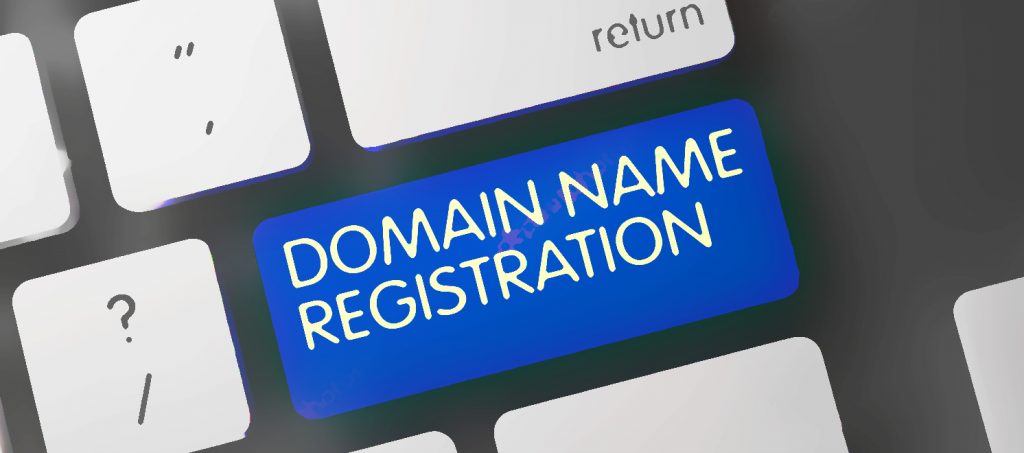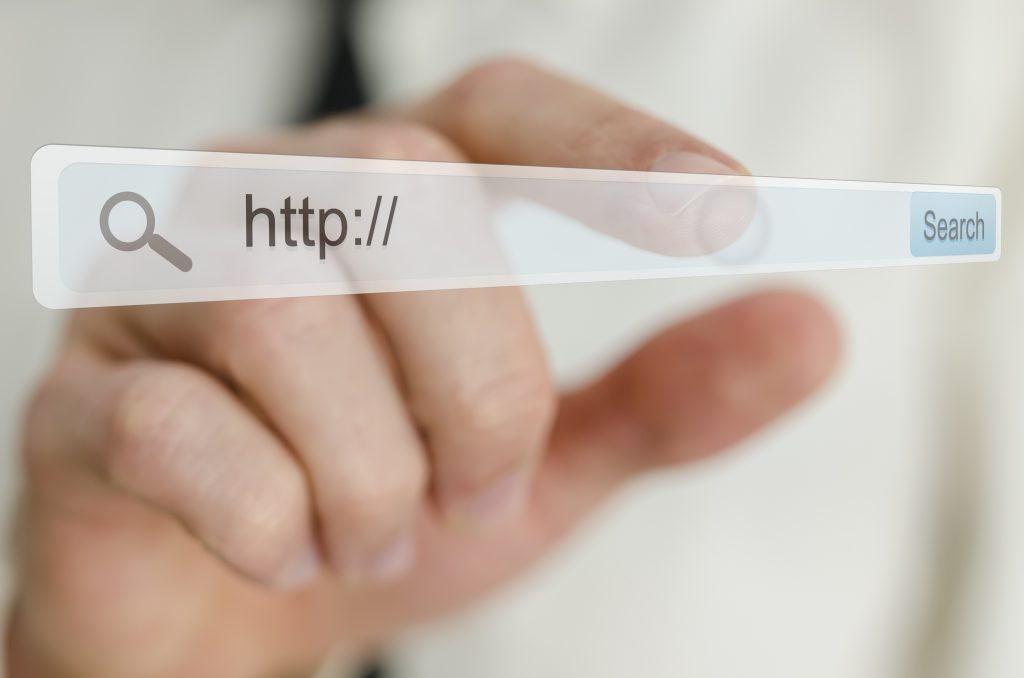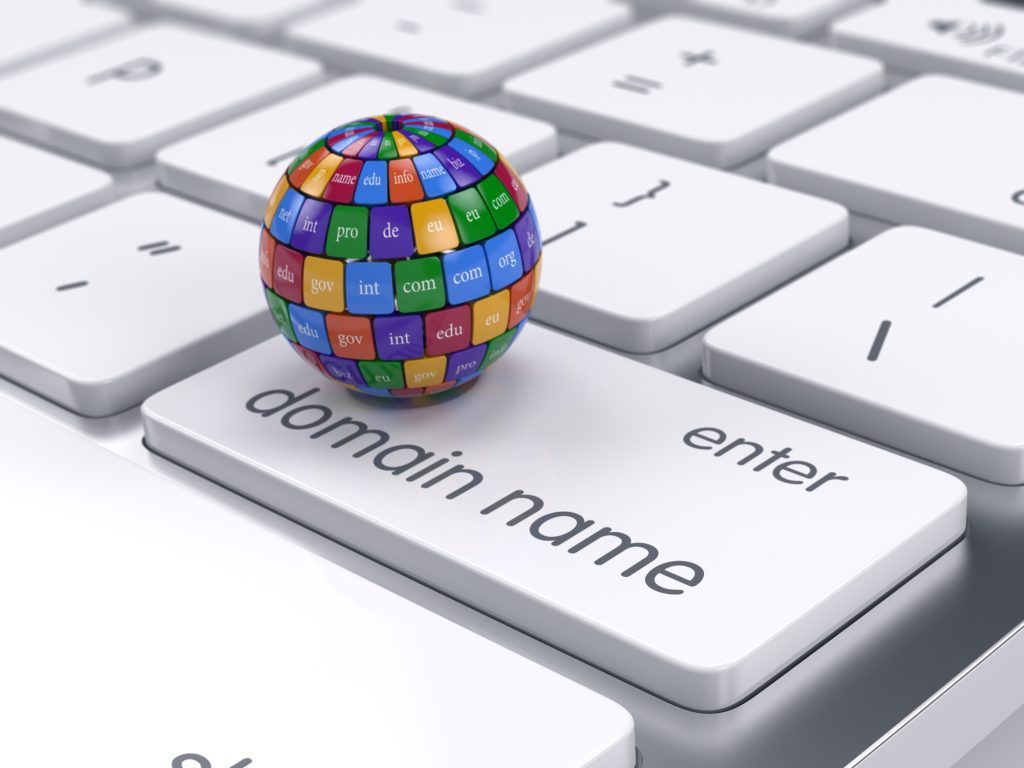
A domain name is one of the crucial aspects that can make or break your website, especially when knowing how many are out there. Fortunately, there are clever ways of using it that work to your advantage.
For that reason, this article provides tips for choosing domain names that benefit your branding strategy. It also lists the do’s and don’ts.
Table of Contents
Domain Name Do’s
Try incorporating all of these Do’s when creating your website name. There are six points, which are:
1. Do Choose a Reputable Domain Registrar

Source: liveblogspot.com
Before you get too far with the ideas, first you need to choose a domain registrar. Out of many options available, you need to find the reputable ones so you wouldn’t get scammed.
A reputable registrar ensures your chosen name is secured and listed on ICANN, which is Internet Corporation for Assigned Names and Numbers. They are a non-profit organization responsible for internet databases, including domain names.
Consider the services, pricing, and user reviews of registrars to help you pick. Some reputable and well-known registrars are Zyro, Domain.com, HostGator, and GoDaddy.
2. Do Check the Domain, Social Media and Trademarks Availability
Ensuring the availability and trademark is the next feasible step. By doing so, you ensure that the name is yours in both digital and legal perspectives. In addition, it makes your identity more consistent and recognizable by the audience.
First, check to see if the name is available for your domain and social media platforms. For domain names, try Hostinger. Also, you can use Namechk to help search for availability across numerous social media platforms.
After settling on the name, check the trademark availability. It should be done after you register. It adds a layer of security to avoid domain name theft. It also helps when you’re running an online business or using your company’s name as a domain.
You can check the trademarks’ availability by going to this site.
3. Do Check The Domain’s History

Source: learn.g2.com
You must check the domain name’s history. By doing so, you’ll know who owned it, what type of website it was, and what the activities were taken under it. This is crucial for your website’s reputation and allows you to understand what steps you need to take next.
After knowing its history, the next option is to either choose or avoid it. If it has a good record, you can benefit from its page ranking on search engines. On the other hand, avoid using it if it has a poor reputation.
The fastest way to know is by checking it with free online tools like Who.is that gives all the details you need – the previous owner, website statistics, host internet protocol (IP), and nameservers.
4. Do Convey Your Brand Image and Values
Reflecting your brand image and values is a must when choosing a website name. Much like other branding aspects, your website name is an essential part of your identity and plays a role in your website’s success.
First, you need to look within to help convey your brand’s image and values to the website name. Try asking yourself these questions to understand your business better:
- Who is my primary target audience?
- What is the personality of my brand?
- How do I want my business to be perceived by the audience?
- What solutions does my business provide?
After that, you can implement the business values. Use relevant keywords, keep your options open, and learn from other businesses. Your business needs to have the right website name while allowing your audience to fully understand who you are.
5. Do Use .com Unless It’s Unavailable or You Need Local SEO

Source: brandgy.com
When choosing the extension, it’s always the best option to go with .com. Though using different extensions than .com doesn’t affect your website’s functionality, it still gives more benefits. Your website seems more trustworthy and will be easier to remember.
Always choose .com unless it’s not possible. One example is when the availability of .com is limited due to its popularity. If it is unavailable, you can look into other top-level domains (TLD) worth considering, such as .net, .co, .blog, or country-code TLDs.
Another example of choosing other extensions than .com is when you need local SEO. When a local business wants to target a specific geographical area, the extension can help with the effort. For local SEO, you can use extensions based on country codes, like .uk, .au, or .de.
6. Do Make It Memorable and Unique
Time to add creative thinking to the process by creating a memorable domain name. By making it unique, you can stand out from competitors and have a better first impression. It also helps add credibility to your brand.
Creating a memorable one becomes easier when you understand the two types of website names, which are descriptive and brandable.
Descriptive names include self-explanatory words related to what the business does, like Booking.com and Freelancer.com. Brandable names use unique words that don’t identify the business or what they do, like Google.com, Amazon.com, and Zomato.com.
To get your own memorable and unique website name, you need to balance between being descriptive and brandable.
Domain Name Don’ts
There are some things to avoid when creating a domain name, and here are six don’ts to further help you with the process:
1. Don’t Make It Too Long

Source: hover.blog
One of the most important things to remember is keeping it short. A name too long can be difficult for your visitors to memorize and increase misspelling.
To avoid it, you can try using catchy phrases, choose a brandable name over descriptive, and take inspirations from your business’ keywords. You can also try testing its length on different platforms, like your logo, social media, or website template.
Alternatively, you can use a domain name generator to get quick ideas.
2. Don’t Make It Hard to Pronounce or Remember
Simple pronunciation is always favorable and adds to making your website memorable. Names with easy pronunciation can significantly help small businesses that need word-of-mouth marketing.
Your target audience can misunderstand your business if you use difficult pronunciation.
Try saying the name to others through a phone call, like friends or a potential customer. The best-case scenario is when you say the name, and others don’t ask you how to spell it. Names like ESPN.com, Canva.com, and Instagram.com are a few good examples.
3. Don’t Do Keyword Stuffing

Source: nancy-rubin.com
Using keywords in your domain name is important, but avoid stuffing them all at once. Keyword stuffing happens when you include too many keywords to manipulate your website’s ranking on search engines.
Keyword stuffing can make your domain name unnecessarily long. Search engines can detect your website as spam in worse scenarios, thus reducing its ranking and reputation.
The best practice is to sort out the keywords and pick those that benefit your SEO and branding altogether.
Using tools like Google Keyword Planner can help you find the right ones.
4. Don’t Use Confusing Characters
Confusing characters lead to a confusing perception, so avoid using it whenever possible. This includes adding too many symbols, numbers, and unusual combinations.
The only acceptable symbol character is a hyphen (-), and it can only be used in a limited amount. Using a number can be tricky because you can only choose commonly-known numbers, like 24/7, so only use it when your name alternatives are taken.
Stick to simple letters and use minimum hyphens to avoid confusion on your website.
5. Don’t Alienate a Part of Your Audience

Source: webconfs.com
Alienating a part of your audience happens when you limit potential audience groups from your brand. This can occur in website names as well, where you focus only on one customer demographic without minding the others.
Names that include a specific city or location is one example. You might use it to mark the origin of your business, but potential customers might think you’re only operational in that area. For example, avoid using sydneyshipping.com when you’re targeting the whole country.
With that in mind, understand your target audience’s details and align it with your chosen name. Thinking long term can also help. When you plan your business and its future growth, you can choose the name better and include everyone in your audience.
6. Don’t Use Invented, Made Up or Confusing Words
Adding a creative aspect to your domain name can sometimes stray you off from what’s essential. This is likely to happen when you try to create a catchy phrase or brandable one.
To help with that, try putting yourself in the customers’ shoes and understanding their experiences. In practice, avoid using double letters and make your words familiar. People tend to be more attracted to familiar things.
It also helps to use a name based on other languages to differentiate between being brandable or confusing. Some examples are Haagen-Dazs, an American company with a Scandinavian-sounding name, and Laneige, a brand from South Korea that uses a French name.







